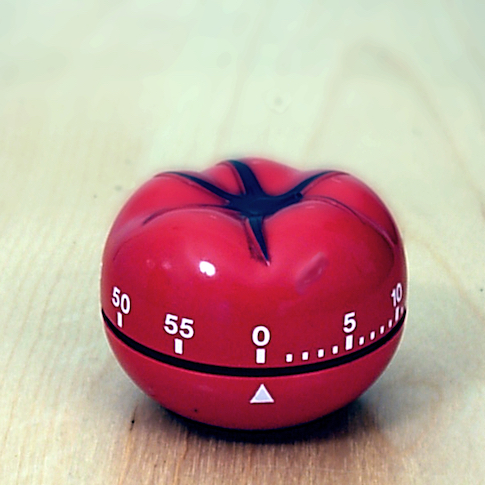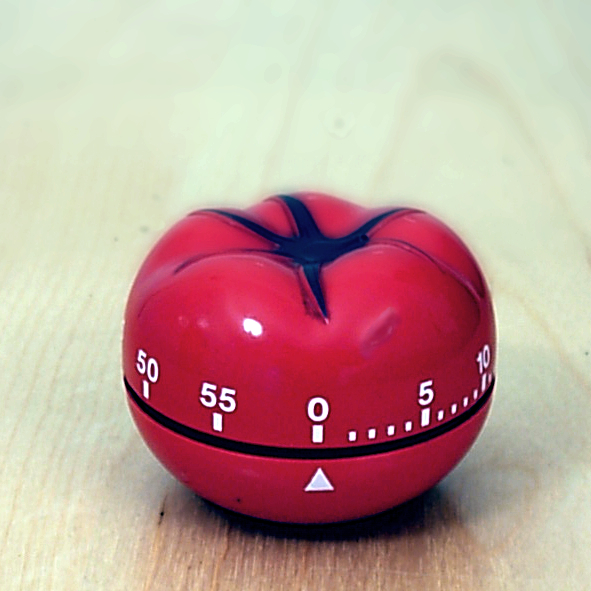Productivity Tip: An Introduction to Time Chunking

We’ve all heard the phrase “work smarter, not harder”, but beyond the world of self-help books, productivity apps and career Coaches, few adults get serious about the “smarter” side of things. To help our Clients and web visitors improve their results of their “work life” we want to begin offering productivity tips and book reviews each month. This month we’ll kick things off with the well proven theory of Time Chunking to increase personal productivity.

In the midst of the 1950’s, The Economist published an essay by Cyril Parkinson that was so popular that it eventually became a book in 1958 called Parkinson’s Law: The Pursuit of Progress. At the core of Parkinson’s law is the adage that, “Work expands so as to fill the time available for its completion”. Quite simply this means humans have become highly skilled at taking the maximum amount of time allowed to complete a task, regardless of the actual time and effort required for completion. Only by taking an unflinching and truly objective view of our time, can we begin to leverage our available time more wisely.

Nearly 30 years after the publication of Parkinson’s Law, Francesco Cirillo introduced the world to a time management method that quickly became known as the Pomodoro Technique. Underlying this method is the concept of breaking our time and attention into 25 minute intervals, frequently controlled by a tomato shaped kitchen timer (“pomodoro” is the the Italian word for tomato). Since then the Pomodoro Technique has been widely adopted within software applications providing built-in times and simple instructions.
So the concept of “Chunking”, especially Time Chunking, leverages Parkinson’s Law by keeping us highly productive in small segments of time. According to Wikipedia, chunking is a process where individual pieces of an information set are broken down and then grouped together. The benefit is increased cognitive representations and memory retention.
In terms of personal productivity, time chunking is the realization that we have specific projects and tasks that are expected to be done over the course of your entire work day. But instead of thinking of your work day as eight or ten hours, you create smaller chunks dedicated to specific topics. Further, by dedicating a specific amount of time per chunk, say 25 minutes, people tend to be more highly effective during that time (Parkinson’s Law) and are less likely to allow or react to interruptions or distractions. While many adults proclaim to be “masters of multitasking”, more and more scientific studies find that constant streams of information, electronic distractions, personal interruptions and mobile alerts have a devastating impact on people, not just in terms of personal productivity, but also on cognitive control, stress levels and health issues as well.
In this recent article posted on business.com, Time Chunking for Beginners: 6 Tips for Running Your Day Like a Boss, we found a few very important priorities that can ensure success for new practitioners of chunking:
Stick to the Schedule: “If it doesn’t get scheduled, it doesn’t get done” – Use the calendar app of your choice to block out the most important activity chunks and stick to it.
Set Real Goals: Without sincere, gut-level motivation to achieve your goals, tasks and projects, distractions will certainly set in and take you off-course. Create tangible goals that translate into either revenue, tasks completed or both.
Shut Down Distractions: Chunking isn’t just about project after project, but also dedicating time for breaks. Few people can work hours or even an hour without taking a five or ten minute mental break. Those breaks are the only times we should be checking phones, looking at social media or getting up to stretch our body and minds beyond the tasks at hand.

For those looking for even more insight into this powerful productivity tool, we highly recommend, The Time Chunking Method: A 10-Step Action Plan for Increasing Your Productivity by Damon Zahariades. Without spending too much time on the history of these productivity techniques, the book offers some fast start help and yet delivers suggestions on how to improve the chunking method to make its application most successful to each reader.